The Ankle is a functional unit of partial joints that enable mobility between the lower leg and the foot bones as well as the foot bones among each other. Without them, an upright standing and wholeness is not possible.
What is the ankle?
The Ankle doesn't really exist in the strict anatomical sense: Rather, the foot gets its great flexibility and mobility from the interplay of several small joints.
The largest and most important of these is the ankle joint, which, strictly speaking, is made up of an upper and a lower ankle joint with different axes of movement. The rest of the foot bones are more or less articulated.
Complicated? Time for a little anatomical explanation, with the help of which one can also better understand the various pain states of the foot.
Anatomy & structure
The Ankle is anatomically composed of several partial joints: First of all, the ankle fork from the tibia and fibula together with the joint roll of the ankle bone form the upper ankle joint.Below, between the ankle bone and heel bone and the navicular bone, lies the lower ankle joint. Both ankle joints are secured by tight ligaments, of which the ligaments of the upper ankle are particularly susceptible to injuries (torn ligaments).
Below the ankle joints there are other ankles, none of which allow too much mobility: The most important thing is probably the transverse tarsal joint between the ankle and the calcaneus as well as the scaphoid and cuboid, two other tarsal bones.
Similar to the hand, four further joint lines remain: the tarsal-metatarsal joints, the metatarsal joints between the heads of the metatarsal bones and the metatarsals, as well as the metatarsal and toe-end joints. Like the thumb, the big toe lacks the middle joint. Strictly speaking, these many small individual joints must also be included in the ankle.
Functions & tasks
The function of the Ankle is the mobility of the foot in relation to the lower leg as well as the foot bones among each other. The main role is played by the ankle joint, especially the upper ankle joint: it is a hinge joint and enables the foot to be flexed and extended, and with maximum flexion also a slight sideways movement.
The lower ankle joint is responsible for the directions of movement pronation and supination, which means that inward and outward rotation, combined with a slight rotation, are possible along an oblique axis of movement.
The functional importance of the transverse tarsus joint is often neglected because it does not play a major role in medicine (it is well protected and rarely injured). Nevertheless, the range of motion in the so-called secondary joints of the tarsus is actually twice as large as that of the lower ankle joint.
The other joints between the metatarsal bones and the individual toe phalanx are especially important for the gentle rolling of the foot when walking.
You can find your medication here
➔ Medicines for joint painIllnesses & ailments
To the Ankles there are various illnesses and pain conditions that are briefly outlined below.
First of all, as everywhere on the bony apparatus, injuries can occur. The torn ligament on the upper ankle joint is particularly significant: the torn of the anterior outer ligament is the most common torn ligament and occurs mainly when ankle twisted to the outside, for example when playing football or when running on uneven ground.
Fractures in the lower leg bones can often be accompanied by torn ligaments and dislocations in the ankle and should be repositioned as soon as possible, while still at the scene of the accident. Fractures of the tarsal bones are often particularly protracted and prone to complications, among other things, if the joint surface is involved, osteoarthritis can develop sooner or later.
Primary osteoarthritis is otherwise significantly less common in the ankles than in the knee or hip, but it can still occur in old age and lead to unpleasant stress pain. Arthrosis are most common in the toe joints, especially in malpositions (see below). Gout and other arthritis, i.e. joint inflammation, can also affect the joints of the tarsus, in particular the metatarsophalangeal joint of the big toe is the "classic" place of origin of a gout attack. A rheumatologist, i.e. a specialist in internal medicine, is responsible for the therapy.
In addition, there are various misalignments of the tarsal and metatarsal joints, such as clubfoot, flatfoot, splayfoot or flatfoot. These can be congenital due to neurological disorders or develop in the course of life, for example as a result of being overweight or poor footwear.
The incorrect loading of the joints leads to functional pain in the muscles and ligaments, later on, osteoarthritis can develop, which then causes permanent pain.

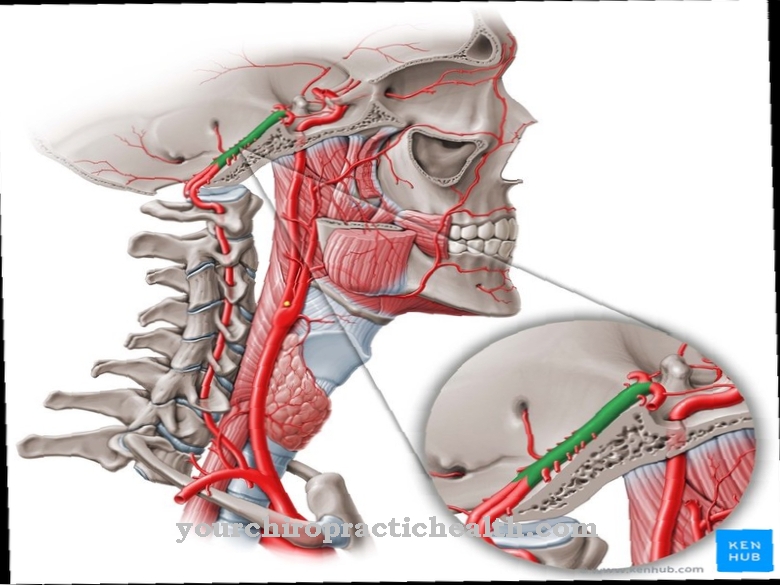
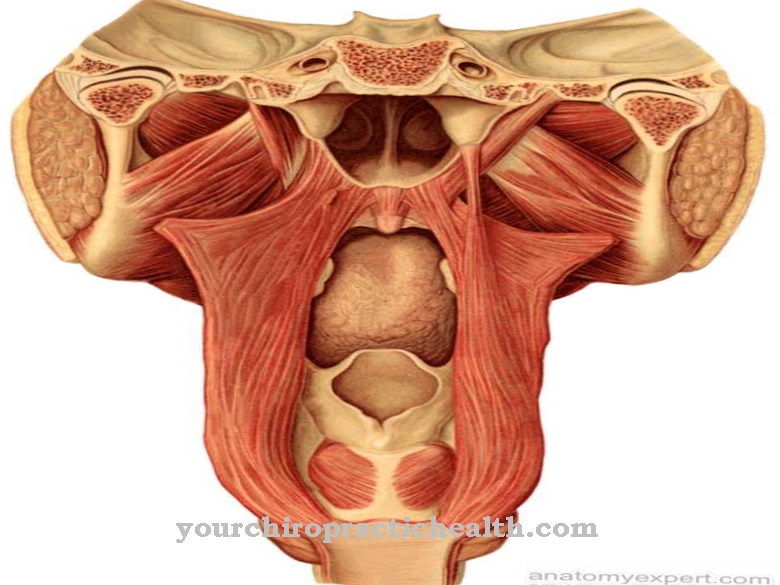
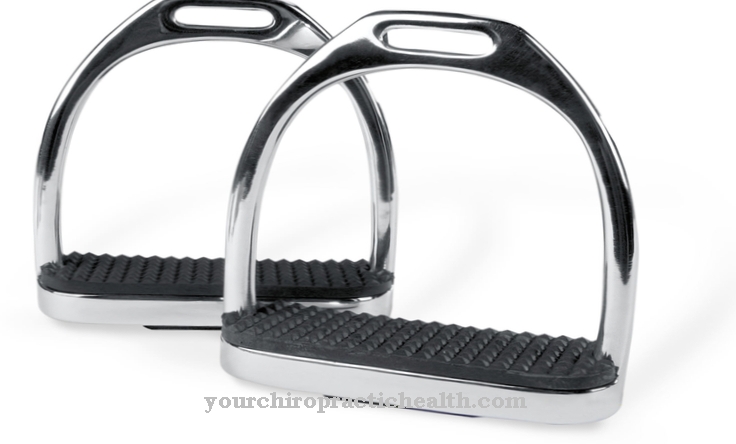

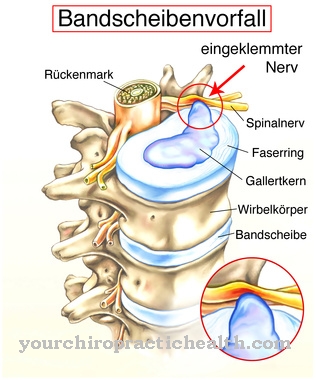
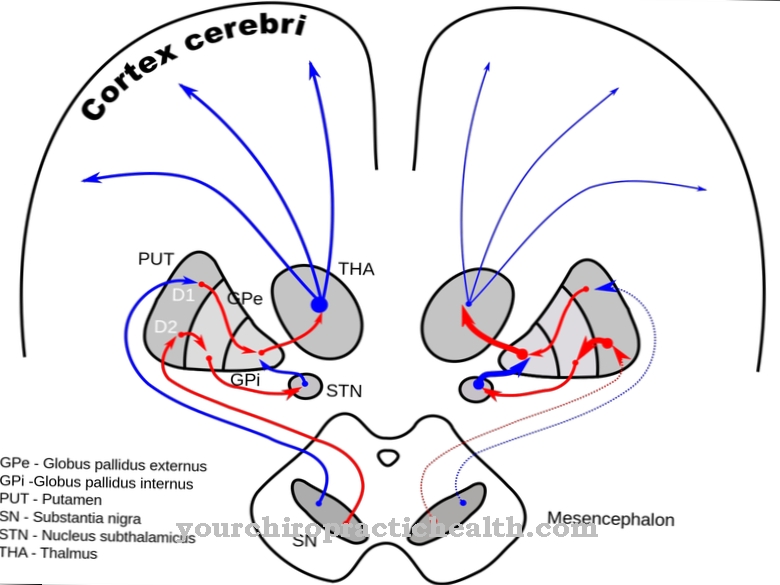






.jpg)

.jpg)
.jpg)











.jpg)